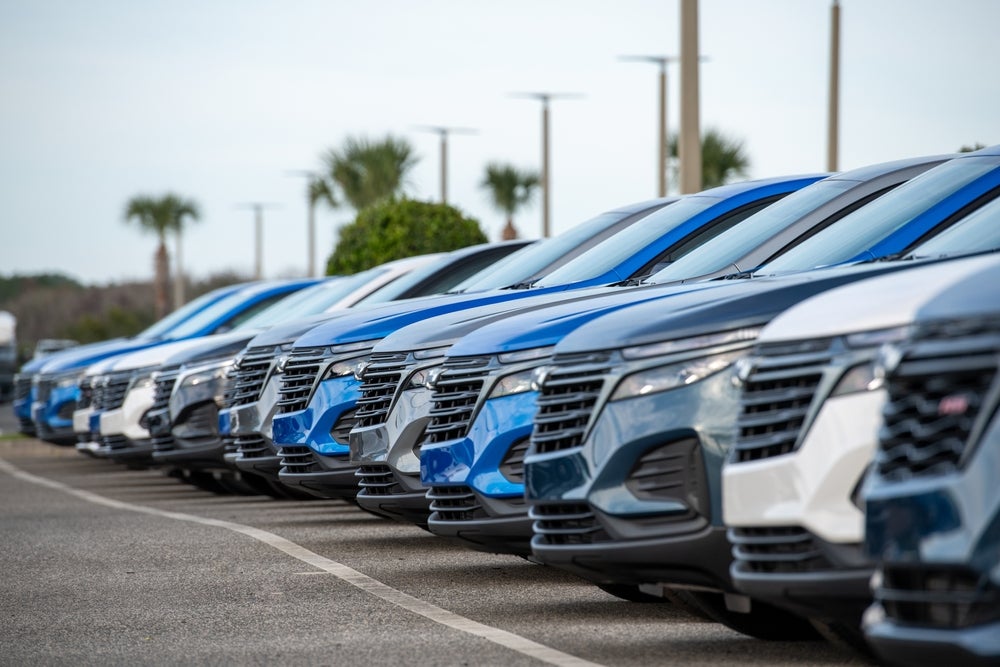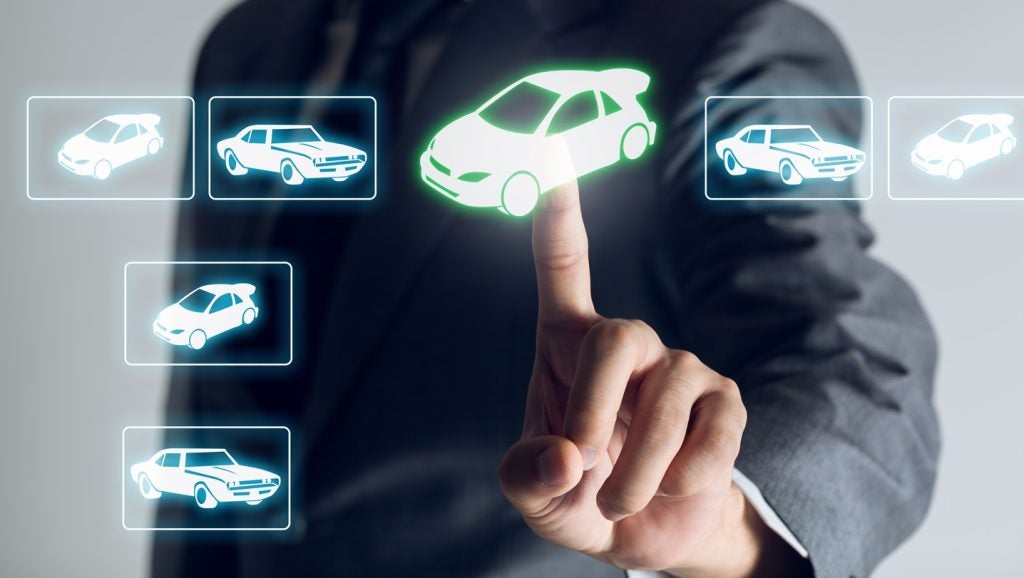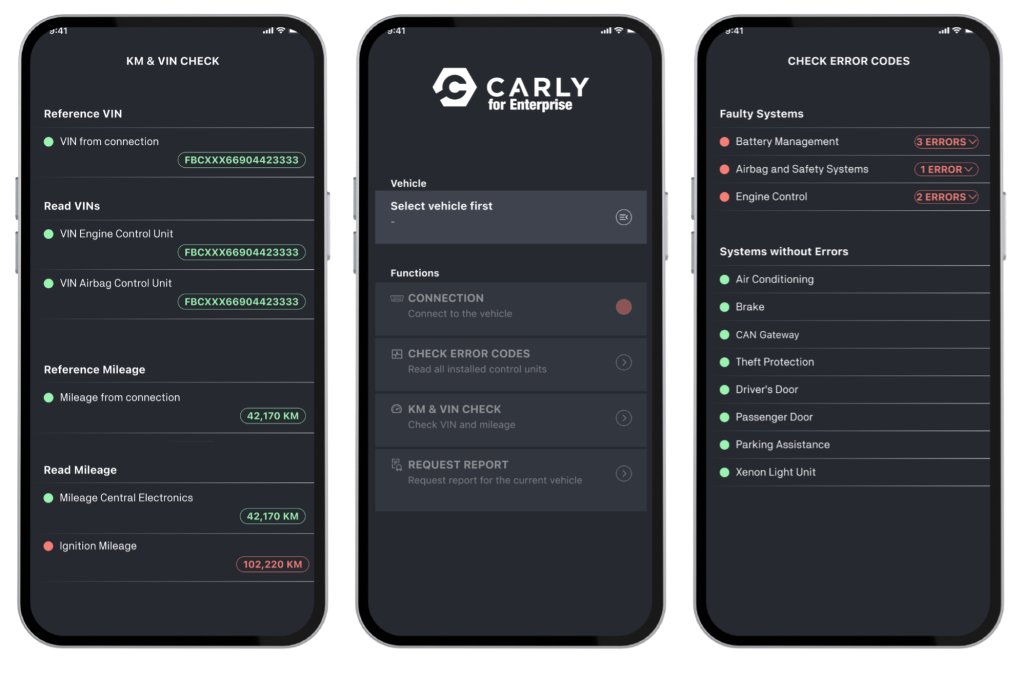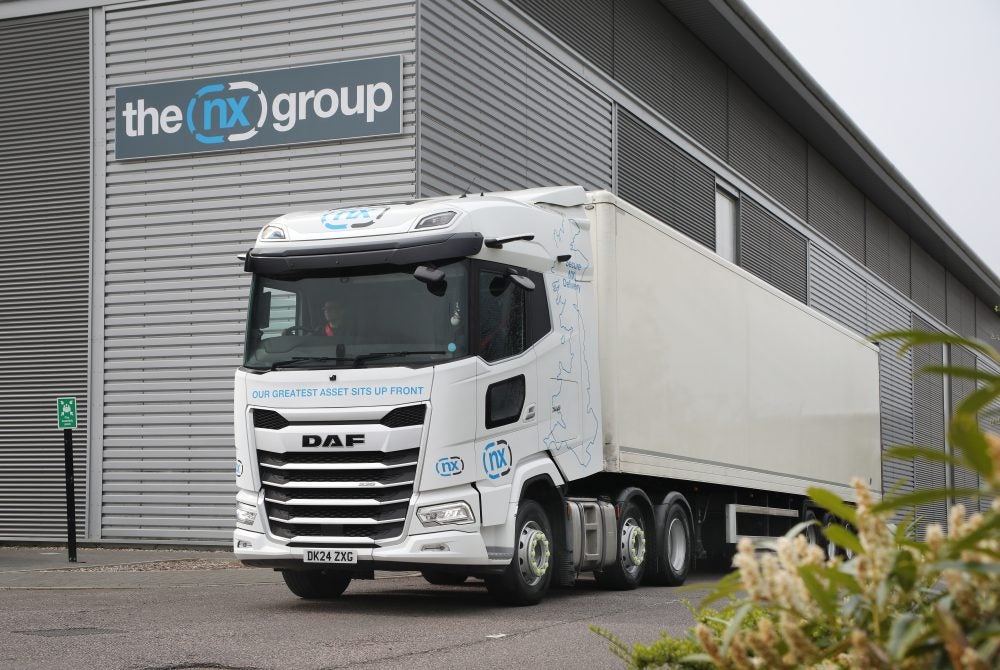
The automotive industry is rapidly transforming, driven by technological advancements, shifting consumer preferences, and evolving regulatory landscapes.
In this exclusive interview, Mediaworks sat down with industry veteran Andy Bruce, CEO of Fleet Alliance and Intelligent Car Leasing, and former CEO of Lookers.
Bruce offers valuable insights into the changing dynamics of car buying behaviour in the UK and discusses the innovative business models reshaping the automotive sector

Q: Andy, you’ve had an extensive career in the automotive industry, from your time at Lookers to now leading Fleet Alliance. How have you seen consumer buying behaviours change in recent years?
Andy Bruce: The shift in consumer behaviour has been quite profound. In the past, buying a car was largely about ownership-whether new or used, people wanted to own their vehicle in the driveway.
But today, most private customers and company buyers are drawn to effectively paying for the use of the car while they have it. Younger generations are also showing more interest in subscription models and car-sharing clubs, where they can have lots of flexibility and convenience. And whilst this type of financing is in its relative infancy, it will be interesting to see how it develops.
All of these trends are partly driven by the compelling financial arguments versus ownership, but it’s also reflective of a wider cultural shift where the idea of owning a car is no longer a status symbol—it’s more about access to mobility.

US Tariffs are shifting - will you react or anticipate?
Don’t let policy changes catch you off guard. Stay proactive with real-time data and expert analysis.
By GlobalDataQ: That’s interesting. What specific types of purchasing or leasing options have gained traction recently?
Andy Bruce: In the UK, we’re seeing a rise in three main categories: traditional leasing, car subscriptions, and personal contract purchase (PCP) plans. Leasing is continuing to grow, especially for businesses and fleet management. It allows companies to refresh their vehicle fleets regularly without the large upfront costs of purchasing, and it’s scalable depending on their needs.
It’s also extremely tax-efficient for their employees. For individual consumers, PCP plans have become incredibly popular. With PCP, customers essentially pay for the depreciation of the car over the term of the agreement, not the full value. This keeps monthly payments lower, and at the end of the contract, you have the option to buy the car, return it, or trade it in for a new one. It’s flexible and suits people who like to upgrade their vehicles every few years.
More and more customers are also turning to personal leasing, which is an alternative to PCP, as the lease costs are generally lower for the same car versus a PCP, albeit without the options that PCP offers at the end of the contract. Lastly, subscription services are still fairly new but are gaining traction, especially with the tech-savvy urban population.
These allow people to switch cars regularly, with insurance, maintenance, and sometimes even tax included in the subscription price. It’s an all-inclusive, hassle-free option that fits with the demand for convenience.
Q: How has the shift towards electrification influenced these purchasing behaviours?
Andy Bruce: Electrification is a major driving force behind the changes we’re seeing. Consumers are becoming increasingly environmentally conscious, and with the UK Government’s push to ban the sale of new petrol and diesel cars by 2035, more people are considering electric vehicles (EVs).
However, many are still hesitant to commit to full ownership due to concerns about charging infrastructure, battery lifespan, and the fast-paced evolution of EV technology. This is where leasing and subscription models come in as attractive options. Consumers can try out electric vehicles without the long-term commitment of purchasing. They can upgrade to newer models as technology improves, which alleviates some of the concerns about EV longevity.
However, it’s businesses that are driving the adoption of EVs with the Benefit in Kind (BIK) tax at 2% for EVs, which makes company car drivers and salary sacrifice schemes so attracted to it. Companies also want to be seen as doing the right thing in terms of sustainability, so this is an additional motivation for businesses to invest in leasing EV leets to lower their carbon footprint.
Q: With all these options available, how do you think dealerships and leasing companies need to adapt?
Andy Bruce: Dealerships and leasing companies need to become more than just transactional. They need to focus on customer education, especially with the rise of electric and hybrid vehicles. Consumers are looking for guidance—not just on car models but on how leasing or subscription services work, what their long-term commitments are, and how to manage the shift to greener mobility. The digital transformation has also been critical.
Today’s car buyer does most of their research online before stepping into a dealership if they even visit one at all. Dealerships must offer seamless online experiences, from virtual showrooms to transparent pricing. The convenience factor is key-people expect to be able to complete most if not all, of the buying process from their phone or laptop.
Q: You’ve mentioned subscription models a few times. How do you see this evolving in the future?
Andy Bruce: Subscription models are still in their early stages, but I think we’ll continue to see growth in this area. In the future, I expect to see multi-modal subscriptions, where consumers can subscribe not just to cars but also to a combination of transport services.
Imagine a single subscription where you could access a car for the weekend, an electric bike for city commuting, and ride-hailing services — all included under one umbrella. Whilst I think that this model will remain relatively niche in the short to medium term, for some people who live in high-density urban areas, it will be the perfect solution, and it may be the sign of things to come in the longer term.
Q: Lastly, how do you see Fleet Alliance playing a role in these evolving trends?
Andy Bruce: Fleet Alliance’s strategy is to be the SME market leader in the transition to carbon-neutral mobility. We are continually improving our USP, where we find the best market price for our customers while providing them with industry-leading fleet management software to drive costs down and improve compliance.
Our aim is to help transition our aggregate customers’ fleets to pure EV or plug-in hybrid vehicles by 2035, and we’re making great progress here. At the same time, we’re holding ourselves to account and have made great strides on our own ESG agenda to show leadership to our customers.
Andy Bruce is the CEO of Fleet Alliance and Intelligent Car Leasing







